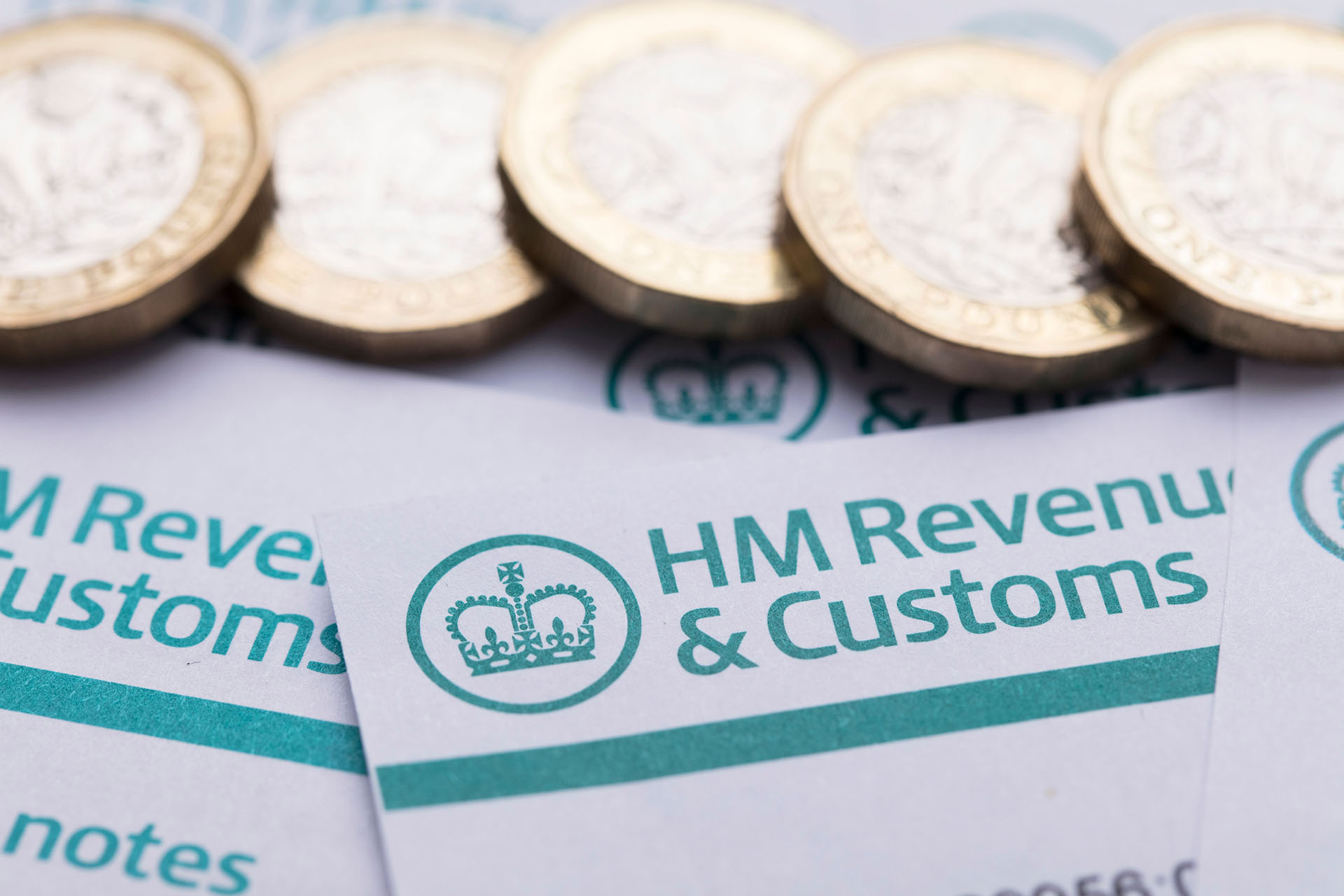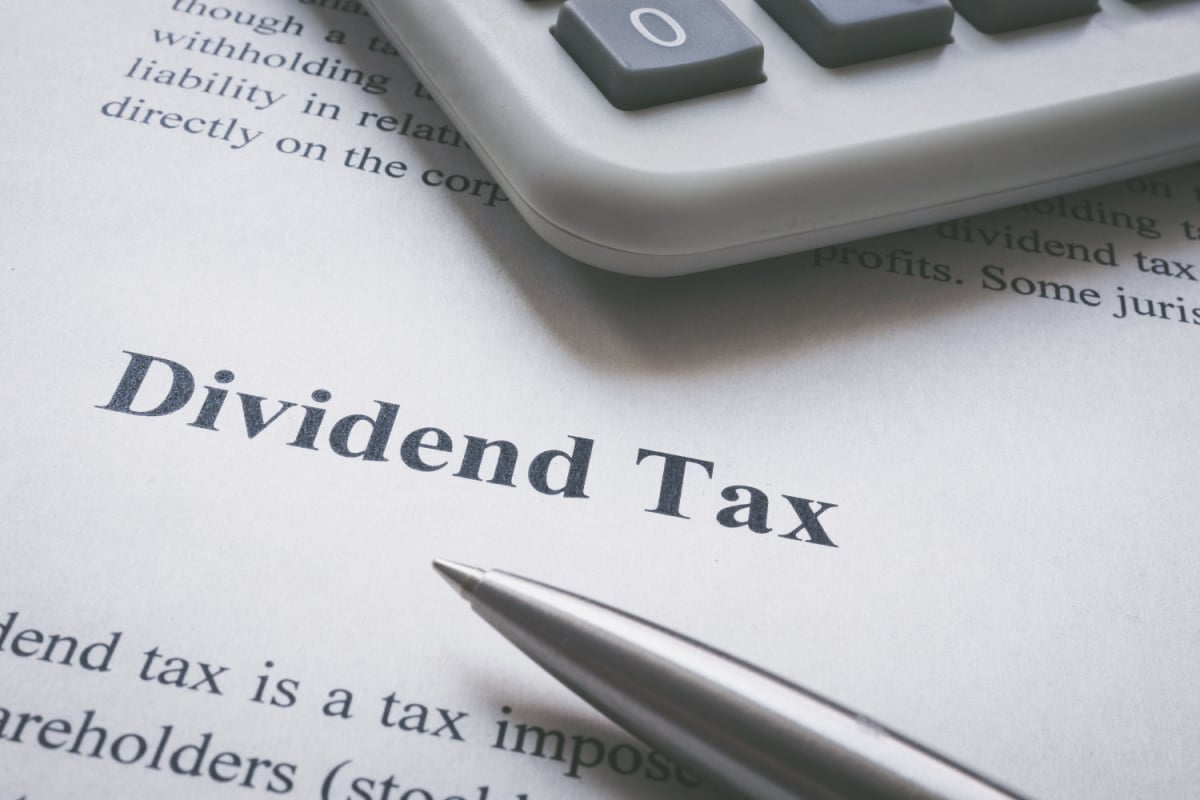Tax changes investors should be aware of in the 2023/24 tax year
With the Spring Budget having passed and the new financial year upon us, right now most experienced investors and high-net-worth-individuals will be finalising their tax plans and seriously considering investment allocations for 2023/24.
As the UK’s tax burden sits at its highest level since 1949 and with the recent Budget reaffirming existing tax pressures, this year that fact is true more than most.
From changes to income tax expected to see a quarter of a million more taxpayers pay the top 45% rate, to the extension of the inheritance tax nil-rate-band freeze set to drag thousands more into IHT liability, understanding the changes that have come into play - as well as how to mitigate against them - could save investors thousands of pounds in tax in 2023/24.
Which tax changes are being introduced in 2023/24
As of the 6th April 2023, a number of tax changes have come into play in the UK that will directly impact a range of investors. These include:
45% additional income tax threshold lowering to £125,140
The additional (45%) rate of income tax is currently applicable to income that exceeds £150,000 per year. From 6th April 2023, this figure has decreased to £125,140.
Not only will this mean an additional 250,000 UK taxpayers - who previously fell into the ‘higher’ 40% income tax category - will pay another 5% in income tax, but also that those already paying the 45% rate will have a greater proportion of their income taxed at it.
This change could prove erosive for high net worth individuals and experienced investors. For example, an individual with an annual income of £150,000 would pay £1,243 more in income tax in 2023/24 than in 2022/23 through this change alone.
Capital gains tax (CGT) allowance to drop to £6,000
The 2022/23 capital gains tax-free annual allowance was £12,300. As of the 2023/24 tax year, this allowance has been more than halved to £6,000, and is set to be halved once more to £3,000 in April 2024.
At this point it will be at its lowest level since 1981, making the CGT-free allowance a fraction as effective as it once was for investors. With an additional £9,300 of gains liable to the tax by 2024/25, this change alone could lead investors to pay up to an extra £2,604 in capital gains tax per year.
Dividends tax allowance to decrease to £1,000
In the 2017/18 tax year, the tax-free dividend allowance was £5,000. In the 2022/23 tax year it stood at £2,000, and as of the current 2023/24 tax year it has been halved to £1,000. In April 2024 the allowance is set to halve once more to £500.
This represents a 90% reduction in the allowance over a six-year time span - one of the most drastic of any tax in that same period. With the highest rate of dividends tax standing at 39.35%, this will mean that for the first £5,000 of dividends received per year from next April, they will be taxed £1,770 more than they would have in 2017/18 in dividends tax alone.
Inheritance tax nil-rate-band freeze to be extended to 2028
Whilst In the 2023 Autumn Statement the government announced that the IHT nil-rate-band (NRB) would be frozen at £325,000 until 2028 - two years later than the previously agreed 2026.
With the NRB not having increased since 2009/10, when this freeze is lifted the NRB will not have been adjusted in line with inflation for almost two decades.
Set to earn the government an additional £5.4 billion in IHT (when compared to the previous six-year period), this extension is forecasted to push thousands more individuals into an IHT liable position. For investors and wealthy individuals already liable to pay the 40% IHT tax, this extension will increase the taxable portion of their estate.
How can investors minimise the impact of these changes?
UK investors can utilise a number of tools to address the 2023/24 tax changes individually, from trusts to pension schemes to ISAs. However, two tax wrappers exist that can assist investors in preparing for all of the changes simultaneously: the Enterprise Investment Scheme (EIS) and Seed Enterprise Investment Scheme (SEIS).
Government-backed venture capital schemes, the EIS and SEIS enable private investors to access a generous range of tax incentives when investing in early stage companies. Importantly, recent adjustments to the SEIS have made this scheme even more attractive for investors looking to minimise the impact of recent tax changes.
Ranging from 50% income tax relief to capital gains tax exemption, together these reliefs can minimise the risk and maximise the potential returns associated with investing in venture capital, whilst also assisting with wider tax planning purposes.
.jpg?width=1545&height=849&name=GCV%20Table%20(2).jpg)
For investors planning their investments with the upcoming tax changes in mind, EIS and SEIS advantages could help to alleviate tax pressures via a number of means.
Where income tax relief of up to 50% can enable an investor to reduce their annual income tax bill by up to hundreds of thousands of pounds per year, capital gains tax exemption allows investors to realise returns capital gains tax-free, therefore not impacting their (fast-decreasing) CGT-free allowance.
Additionally, inheritance tax exemption on EIS and SEIS shares can enable investors to maximise the IHT-free proportion of their estate they are able to pass onto beneficiaries, whilst the schemes’ 'returns upon exit' focus (in the vast majority of cases) can also negate exposure to rapidly decreasing dividends tax allowances.
What we offer at GCV Invest
At GCV we specialise in providing experienced investors with access to growth-focused, impact-driven investment opportunities, backed by tax wrappers such as the EIS and SEIS where possible.
Operating a private investor network of over 700 sophisticated investors and high-net-worth individuals, we put forward select number of investment opportunities to our investors every year, each structured to support investors in building their wealth with alternative investments.
We currently have a number of live EIS-eligible investment opportunities for investors to explore, spanning sectors from fintech to advanced manufacturing.
%20(3)%20(2).jpg)









